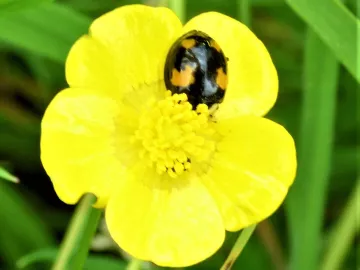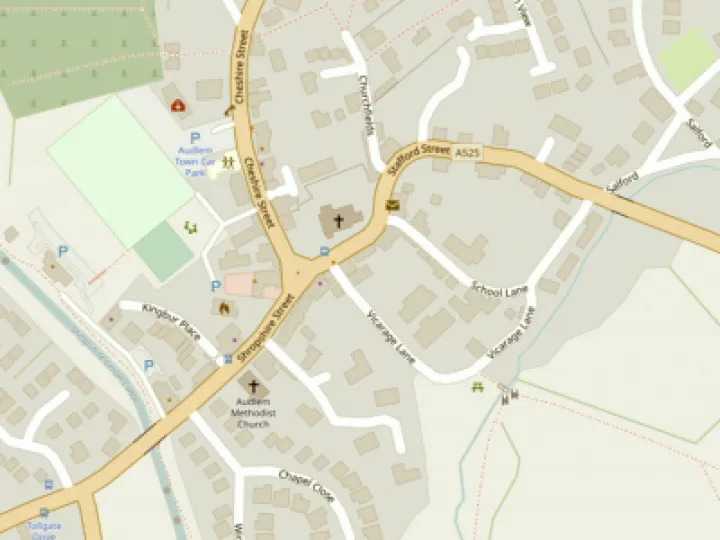







Fly away home
by Adrian Leighton
For many there is one group of the natural world that sends them into shivers of fear or disgust. They go by the name of “creepy crawlies”. More precisely we call them insects and they are the most numerous of animal life on the planet. They also include the most variety of species.
I was brought face to face with the presence of them while pick some apples the other day. It was a close encounter with an insect that tends to buck the trend for producing an “uck” sound in humans and has generally had a good response. It even induces a nice cosy feeling, as we remember our nursery rhymes. Yes , you’ve got it – the ladybird. Even the name has a nice ring about it, while the scientific classification is Coccinellidae. They are part of the beetle family with cousins such as beetles, weevils and chafers. There are in fact around 300,000 species of beetle in the world of which 4000 live in Britain.
Of these there are 47 species of Ladybird and whilst many have the predominantly red colouring we are familiar with, they also can be found in black and yellow. Also the number of characteristic spots can vary from 2 to 24 with the most familiar being 7. Have a count of the spots next time you see a ladybird. In recent times there has been concern about a foreign invader called the Harlequin Ladybird, considered invasive. It was feared that this would outcompete our native species. However, the jury is still out as to whether this is actually happening.
One of reasons that ladybirds are regarded so favourably is that they do not carry the same blood-sucking tendency that other insects do , However, they are carnivores, feeding on aphids and the like, and hence earning the name of “gardener’s friend”.

Like butterflies the ladybird has four stages of growth: egg, larvae, pupa and adult.
This is the time of year when the adults appear, ready to find a crevice to tuck away in during the winter, before emerging in the Spring. You may also see some still in the odd-looking pupa stage not yet hatched to adulthood.
Whilst humans do not usually indulge in their habit of “swishing” them, the ladybird does have a number of other natural predators, including birds like swallows, spiders, dragonflies, larger beetles and occasionally ladybirds eating ladybirds’ eggs. All these are part of the natural eco-balance. However, the use of pesticides has contributed to a 60% decline in the last 17 years. It should also be noted that the changing weather pattern has also had an impact.
So whether it’s chemicals or global warming, perhaps the traditional nursery rhyme is truer than ever:
Ladybird, ladybird,
fly away home,
Your house is on fire
And your children are gone,
All except one ,
And her name is Ann,
And she hid under the baking pan.
(Or is his name Dan
who snucked under a pan.
Or is their name?
Who might you suggest?)
Get In Touch
AudlemOnline is powered by our active community.
Please send us your news and views using the button below:
Email: editor@audlem.org





